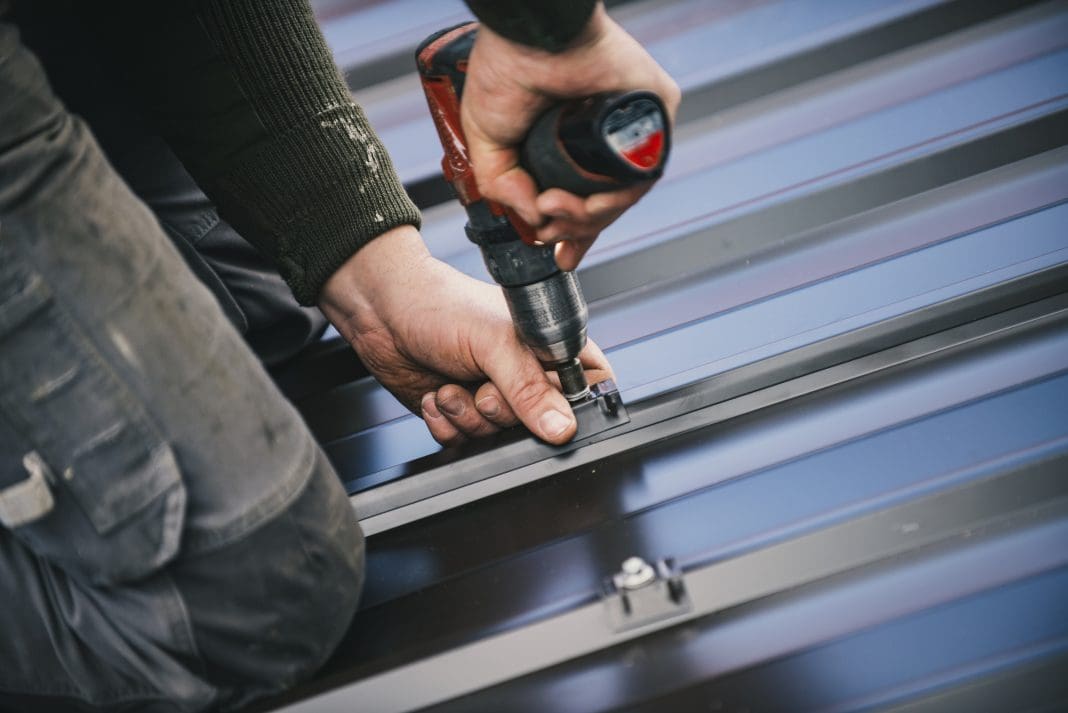When it comes to engineering, something as small as fixings can often be the most vital part of the biggest projects, as Dr Alastair Soane, principal consultant of CROSS-UK, and Fellow of Institution of Structural Engineers (IStructE) explains
Europe’s biggest indoor arena said they narrowly avoided a “catastrophic incident” last week when part of a ventilation system fell from the auditorium ceiling shortly before doors opened to the public. This was reportedly caused by a failure of fixings, in this case bolts which should have secured the component but were simply missing.
Buildings, bridges, aircraft, ships, or cars; every structure is held together by fixings. While usually small, fixings are often the most important of components. Without them, any assembly would simply fall to pieces.
Fixings can be bolts, screws, nails, and rivets; welds, glues, cables, ties or sometimes a combination of several of these. An engineer’s choice of which to use and when is governed by many factors. Does the fixing need to be permanent, such as a weld in a steel girder of a bridge? Or has it been designed to be easily removed, such as the screws on an inspection cover? It will not surprise anyone to read, that cost is also a major consideration in many circumstances.
There have been innumerable failures of fixings over the years; some due to under design, others due to poor working practices, corrosion, or fatigue.
CROSS, a voluntary scheme for safety reporting, owned jointly by the IStructE and the Institution of Civil Engineers (ICE) has had many reports about fixing concerns failures over the years, all of which are freely available for engineers to read on our website.
The failure to install fixings has led to several high profile incidents recently
The most unusual cause of failure is when fixings have simply not been installed at all and their omission has gone unnoticed.
A high-profile recent example of this was the mid-flight blow out of a panel on a Boeing aircraft reportedly due to restraining bolts removed during maintenance that not been put back. Another is the fall of an air-conditioning component from the ceiling of the new Co-Op Arena in Manchester. According to Tim Leiweke, chief executive of Oak View Group who operate the arena, this incident was caused by fixing bolts that were simply missing.
“They didn’t put the bolts in. It wasn’t visible to the eye. And it fell out,” Mr Leiweke said. He further commented that the incident could have been “catastrophic” had it happened just fifteen minutes later.
Most failures have more complex causes
While it might seem that the structural load on a fixing (or to put it simply, the action or force it is subjected to) would be easy for an engineer to calculate, that is often not the case. Loads on fixings can be constant or variable. What is more, multiple fixings have a degree of redundancy but also a degree of indeterminacy. This is due to the differences in tightness and relative position, further exacerbated by the tolerances of the components being connected. For this reason, it is usual (in structural work at any rate) for bolts to be stronger than a simple calculation would assume.
It is also common for engineers to use two fixings when one will do. A single fixing, such as a solitary bolt, has to be very reliable. If it fails, the component being held on or held up will fall. Using two adds robustness. If one fixing breaks, then the other will generally do the job until a replacement is found.
That said, it is not always the case that the common-sense approach of increasing the number of fixings increases the reliability. While that can be true in many instances, multiple fixings can be prone to ‘unzipping’ when one fails, shedding load onto the next, which in turn then fails from over-loading and so on. An example of this would be the progressive collapse of ceiling systems, caused be a ripple of fixing failures that stem from a single fault.
Failures of fixings do happen. When they do, the important thing is for engineers and those working in the built environment to share lessons learned, particularly by reporting to confidential schemes like CROSS. This helps the industry learn from past failures and hopefully reduce the likelihood of similar incidents happening in the future.














